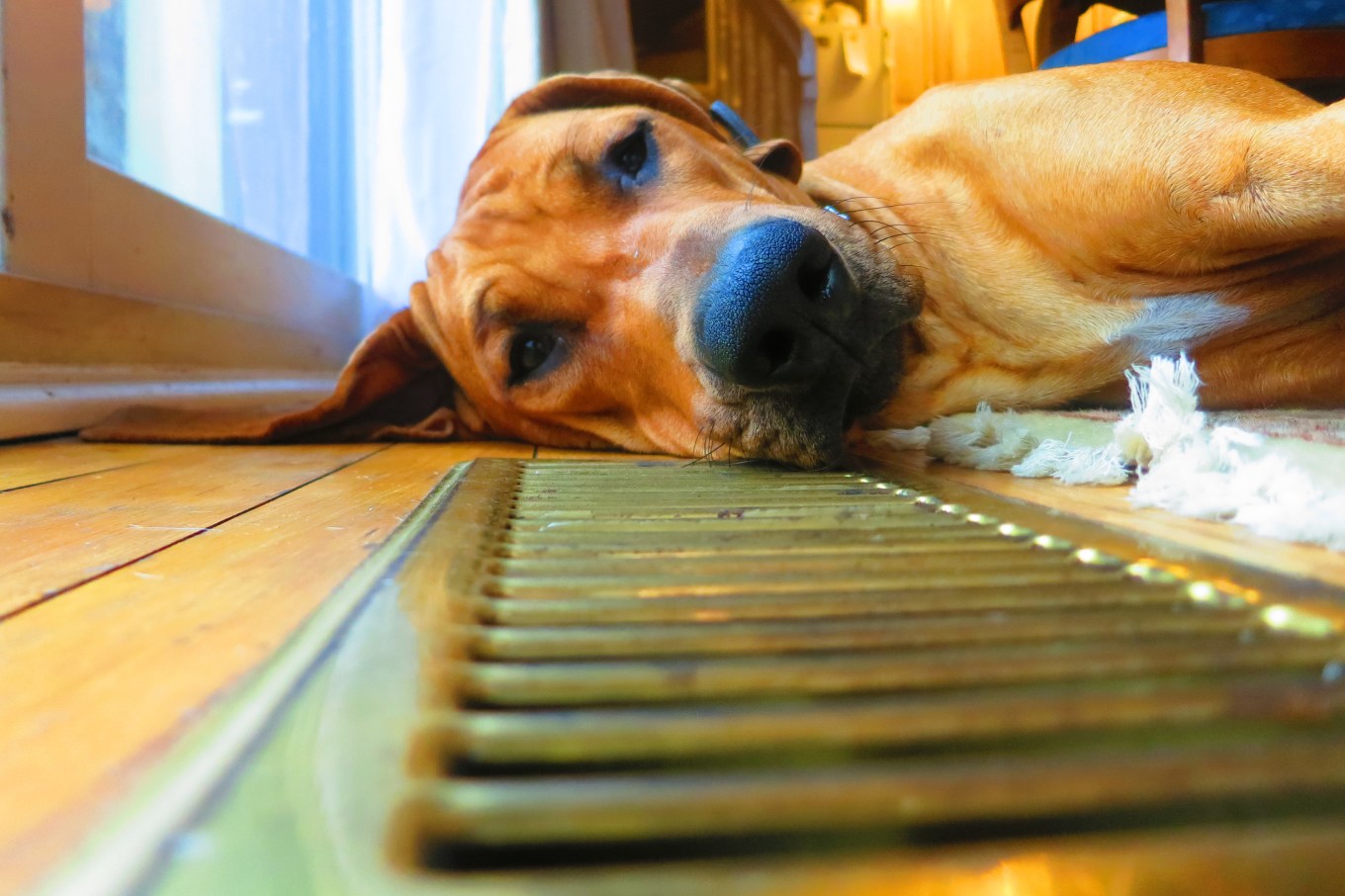Do you really need to pay good money to have your HVAC air ducts cleaned? The short answer is “probably not.” But before you call up dad to chant “I told you so,” it’s important to understand why you probably don’t need to do it — and why we just italicized “probably.”
(Because some people actually should. Sorry! Hope it’s not you!)
Clean Air Claims
In order for your forced-air furnace or HVAC to deliver warm and cool air into your rooms, that air has to go through a system of ducts. So technically, you’re breathing in any dust, cobwebs, pet hair, and dander that line those ducts. Sounds harmful, right?
Not according to the experts. Dan Stradford, National Air Duct Cleaners Association treasurer and CEO for Action Duct Cleaning in Los Angeles, says there are no conclusive studies saying that duct cleaning will improve your home’s indoor air quality.
Asa Foss, LEED residential technical director for the U.S. Green Building Council, concurs. “I’ve never seen any data that suggests duct cleaning has a positive impact on indoor air quality and human health,” he says.
But Foss also says that’s only true when your ducts are airtight. Leaky ducts can pull in dirty air and allergens from basements, crawlspaces, garages, and attics — and blow it all around your house, Foss says.
So unless your ducts are leaky (easily fixed with foil-backed duct tape and insulation), or you have a special need, like a compromised immune system, nasty allergies, or you just did major construction, you probably don’t need to worry about air quality when it comes to the state of your air ducts. Woo!
Special (Super Gross) Circumstances
Of course, there are always exceptions to the rule. Both the EPA and the National Air Duct Cleaners Association recommend professional duct cleaning if you have mold growth, vermin (vermin!), or excessive amounts of dirt and debris in your ducts.
Ahh! How do you know if you have vermin in your ducts? You can actually look yourself. Do a visual inspection by pulling off the register grill and looking around with a flashlight, or stick your arm in and take a photo with your phone. (Finally, an excuse to use that selfie stick you got stuck with at your work’s white elephant gift exchange.)
If you see mold, or a dead mouse, or any run-of-the-mill nasty stuff like droppings (ew, we’re so sorry), go ahead and call in a pro. Get those ducts cleaned.
Another situation that calls for cleaning, says EPA spokesman Mark MacIntyre, is right after lead paint remediation. “You wouldn’t want to have that being dispersed into the house when you turned on the heat.”
And finally, if you’re just finicky, you just be you. Be your own special circumstance.
“We have customers [for whom] just the thought of dirty ducts is upsetting to them,” says Stradford. “It’s individual preference.”
Scam Alert!
OK, so you’re gonna clean your ducts. Your dad will be proud. But be wary of scams. Stay away from companies willing to clean your ducts for $49 or another lowball figure, Stradford says. Often they’ll do a quick inspection and some vacuuming, tell you there’s mold growth and charge you thousands for clearing it out. It’s common enough that the National Air Duct Cleaners Association has an anti-fraud task force.
Look out for duct cleaners claiming they will sanitize your system. “We can’t legally use the words ‘sanitize’ or ‘disinfect,'” Stradford says. “By definition sanitizing or disinfecting requires extremely high kill rates and there’s no way we can guarantee 100 percent saturation.”
Also, cleaning your ductwork alone is not going to make a difference. A real professional knows that, and should do annual maintenance on your entire system, including the air handler (that’s what they call that big metal box outside that cranks out the noise). Otherwise it’s the same as dusting your ceiling fan after you’ve vacuumed.
So how much will it cost, and how long is it going to take? Typically, duct cleaning takes two to five hours, but it can go on for two days if you have a large house with lots of ducts, Stradford says. On average you should spend $300 to $700.
Related: 7 Household Expenses You’re Probably Wasting Your Money On
